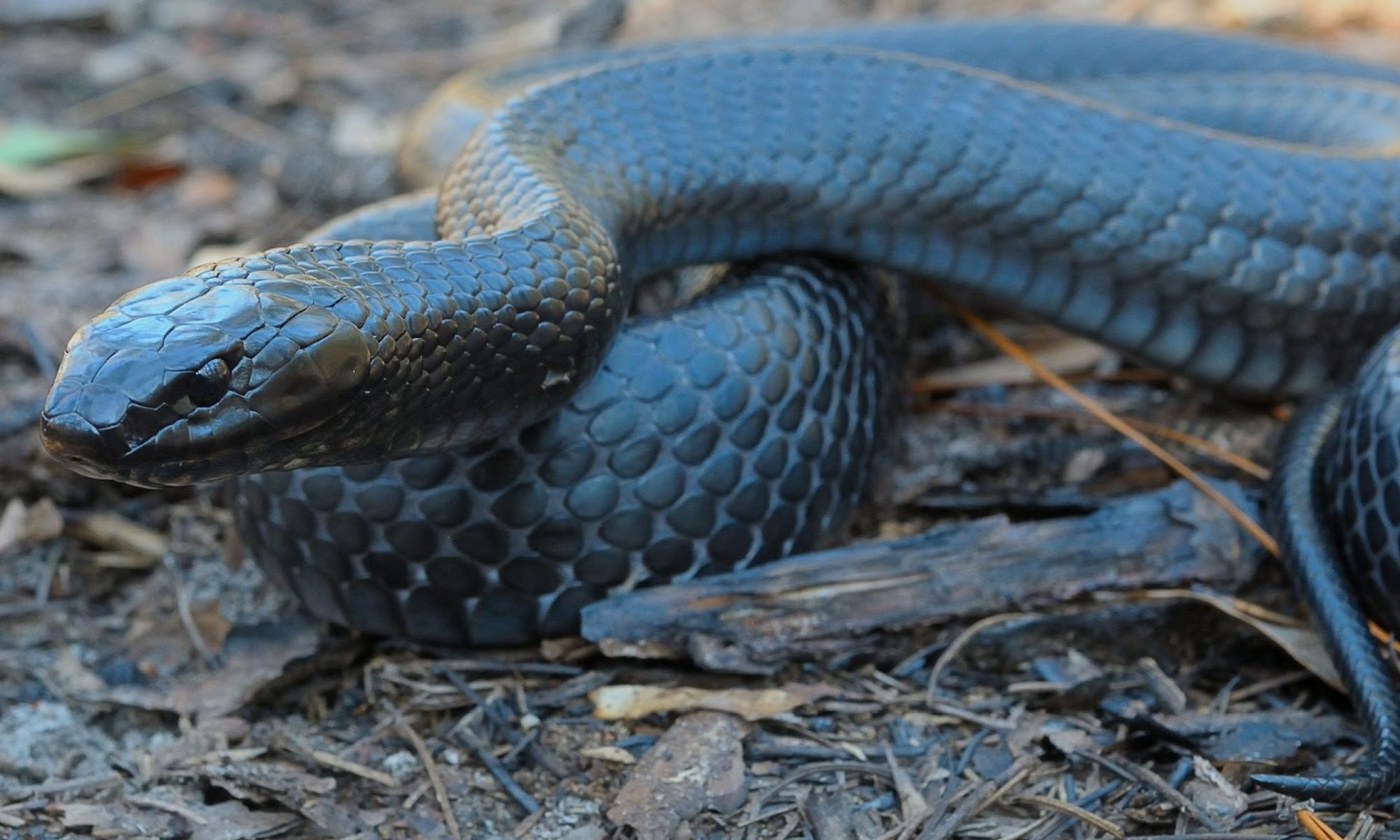Predictions of eastern indigo snake resiliency, representation, and redundancy were forecasted using approximately a 30 and 50-year time horizon (years 2050 and 2070, respectively). These time horizons were chosen to correspond to the range of available urbanization and sea level rise (SLR) model forecasts. The 2050 year time frame provides a near-term projection with relatively reliable urbanization and sea level rise forecasts, while the 2070 year time frame represents a potential longer-term trajectory for the species, but with lower confidence in the outcome than the 2050 projection. Furthermore, approximately 30 and 50-years represent time frames during which the effects of management actions can be implemented and realized on the landscape, and it is a reasonable time frame (including approximately 3-5 generations) for the species to respond to potential changes on the landscape. The following is a summary of the four (4) scenarios.
1. Scenario A (Low Development)
Under this scenario, we assume 90% probability SLEUTH + sea level rise at 2050 and 2070
2. Scenario B (Moderate Development)
Under this scenario, we assume 50% probability SLEUTH + sea level rise at 2050 and 2070
3. Scenario C (High Development)
Under this scenario, we assume 20% probability SLEUTH + sea level rise at 2050 and 2070
4. Scenario D (Targeted Conservation)
Under this scenario we assume Scenario B (moderate) development + sea level rise at year 2070. We also assume increased habitat management and land protection within potential “Focus Areas” that can support highly resilient populations with sufficient representation and redundancy.
Resiliency
In order to make comparisons between current and future conditions, we assessed future resiliency conditions for the eastern indigo snake populations using a similar method as the current condition resiliency assessment. First for each scenario, population and habitat factors were recalculated for each eastern indigo snake population, assigned a score (“high” to “very low” represented by the numerical values of 4 to 1, respectively) for each population and habitat factor as described in Table 2 (see section 5.2.3), and given the same weights (Appendix D, Table D2) as the current condition analysis with the following exceptions and modifications:
- Population extent: This population factor was recalculated for the populations that were impacted by SLR assuming inundated land is no longer considered part of the population extent. For all other populations, population extent was held constant (unchanged) in order to facilitate comparison between current and future conditions. For this assessment, we were not able to predict how the population boundaries would shift (e.g. contract or fragment into smaller populations) as a result of habitat loss from urbanization. However, we provide a discussion of how populations may become fragmented into smaller, less resilient populations.
- Habitat Type and Shelter Sites (gopher tortoise): These habitat factors were held constant (unchanged) between current condition and future condition assessments because it is difficult to predict how these factors will change based on the models used in this assessment. In general, urbanization mostly impacts tertiary habitat (unpublished data), but it is difficult to know how primary and secondary habitats will change as a result of declining tertiary habitat (e.g. primary habitat converted to agricultural land). For gopher tortoises, we assume the tortoise populations described in the 2018 Gopher Tortoise CCA Annual Report (CCA 2018) are tracked by the States and will retain some level of site affinity (See section 4.5 & 4.8). In holding these factors constant, we are not asserting that the conditions will in fact remain constant into the future, but are rather holding them constant to enable us to assess how the other changing factors will alter resilience compared to the current condition.
- Tertiary Road Density and Urban Area: Tertiary road density was combined with percent urban area in the future scenario analysis. It is difficult to predict how tertiary roads will change in the future (e.g. tertiary roads becoming primary or secondary roads and where new tertiary roads will occur). Tertiary road density and percent urban area are highly correlated (see Appendix B, Figure B3) therefore we absorbed tertiary road density into the urban area factor and combined their weights, giving percent urban a weight of 2 for both northern and southern populations.
Next, using the scores and weights described above, we calculated a total population factor score and total habitat factor score for each eastern indigo snake population, which resulted in a continuous numerical value ranging between 1 and 4, and we assigned a resiliency condition class of High, Medium, Low or Very Low as described in Table 4 (see section 5.2.3).
Finally, we summarized overall future condition resiliency classes for each eastern indigo snake population, for each scenario, by combining the total population and habitat condition classes as described for current condition (see section 5.2.3).
For these projections, high condition populations were defined as those with high resiliency at the end of the predicted time horizon (at years 2050 and 2070). Populations in high condition are expected to persist into the future, beyond either year 2050 or 2070, and have the ability to withstand stochastic events. Populations in medium condition (includes medium-high and medium) were defined as having lower resiliency than those in high condition but are still expected to persist beyond either year 2050 or 2070. Populations in medium condition typically have smaller population extents and/or have lower habitat conditions than those in high condition. Finally, those populations in medium-low to very low condition were defined as having low resiliency and may not be able to withstand stochastic events. As a result, medium-low to very low condition populations were predicted to be much less likely to persist beyond either 30 or 50 years.
